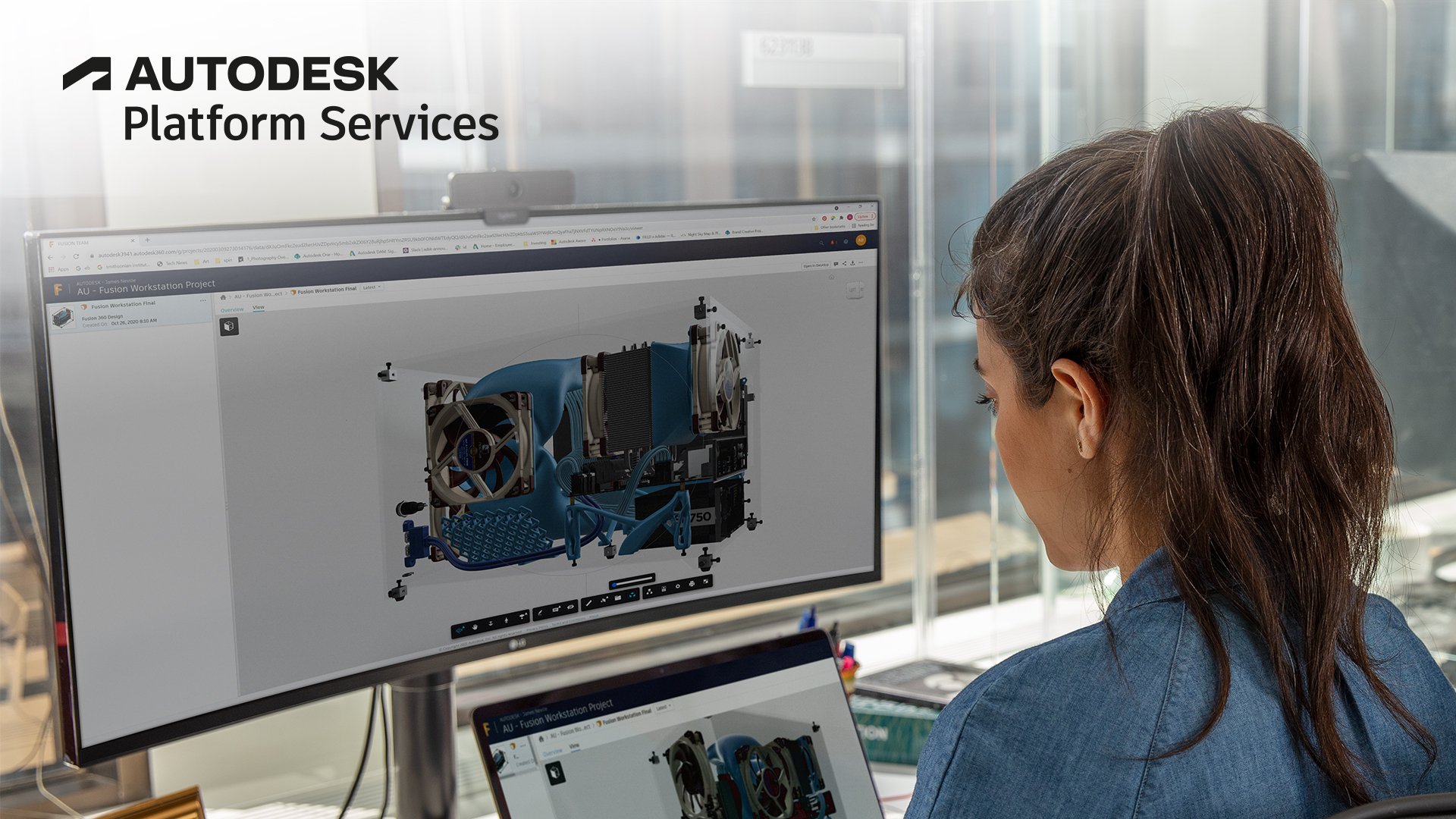13 Jun 2019
Customer Story: InsiteVR

When you use a computer program, you do so via its User Interface (UI) by clicking on elements like menu buttons, using menu pull-downs, or entering commands. When you want to automate a task so you can get the same thing accomplished without having to use a program's UI, you have the computer operate on your behalf using the program's Application Program Interface (API). Although Autodesk Forge is our collection of APIs and associated documentation with sample code, Forge is also a community of developers who create customized solutions for Autodesk customers and partners. The Forge team often features these companies on the Forge website. Their latest one is InsiteVR.
InsiteVR uses Forge to connect Virtual Reality (VR)-powered coordination meetings to BIM 360 workflows, saving users time as they connect to up-to-date models. BIM 360 is Autodesk's unified platform connecting project teams and data in real-time, from design through construction, supporting informed decision-making and leading to more predictable and profitable outcomes. InsiteVR extends that to include experiences that involve VR.
Check out the customer story on the Forge website:
InsiteVR developers leveraged the following Forge APIs:
-
Authentication for Forge is based on the industry standard OAuth, specifically OAuth2, that provides for token-based authentication and authorization.
-
The Data Management API gives InsiteVR developers a unified and consistent way to access data across BIM 360 Team, BIM 360 Docs, and its own Object Storage Service. The Object Storage Service allows the InsiteVR application to download and upload raw files such as PDF, XLS, DWG, or RVT.
-
The Model Derivative API lets InsiteVR developers represent and share designs in different formats, as well as to extract valuable metadata into various object hierarchies. 60 different file input formats are supported. With this API, developers can translate a design into different formats, such as STL and OBJ, but the key one is that they can have it translate a design into SVF for extracting data and for rendering files in the Viewer.
-
The Viewer is a WebGL-based, JavaScript library for use in 3D and 2D model rendering. The Viewer communicates natively with the Model Derivative API to fetch model data, complying with its authorization and security requirements. Allowing Forge to render design files in the Viewer is a hassle-free way for the InsiteVR application to share data with customers without having to deal with all of the peculiarities of various browsers.
-
The Webhooks API works with the Data Management or Model Derivative APIs. The Forge Webhooks API allows the InsiteVR application to listen to Forge Data Management or Model Derivative events and receive notifications when they occur. This allows the InsiteVR application to grab the latest version of a model right after it changes because the InsiteVR gets notified of the change via a webhook.
Autodesk has always been an automation company. Today, more than ever, that means helping our customers automate their design and make processes. We help them embrace the future of making, where they can do more (e.g., efficiency, performance, quality), with less (e.g., energy, raw materials, timeframes, waste of human potential), and realize the opportunity for better (e.g., innovation, user experience, return on investment). Leveraging APIs to resolve problems (e.g., clash detection) via more realistic collaboration is definitely something for the better.


